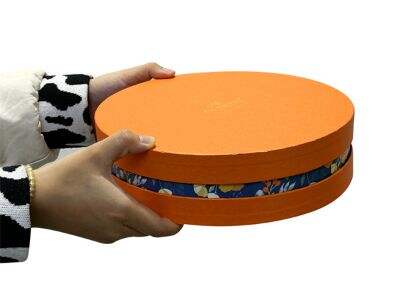Inner paper weight is measured by how thick and heavy a piece of paper is. There are also so many different types of paper that you can use and each has its own weight which affects how it is used and what it is good for. Paper weight is an important factor for choosing the right paper, whether it’s for printing or some other purpose.
Benefits of Different Weights of Paper
Different paper weights can offer various benefits for different uses of the paper. For instance, heavier paper weights will more durable and resistant to getting torn, so for something like business cards or invitations thicker cardstock is likely what you’d want to go with. On the flip side, lighter paper weights might be more conducive to folding and are likely less indicative of high-quality cards or stationery. Invest in the appropriate paper grade for your project to keep your materials looking professional without easily becoming damaged.
Knowing the Distinction between GSM and Pound Weight
There are two popular measurements to describe paper weight: gsm and pound weight. GSM is an international unit of measuring the size of paper in terms of a gram per square meter, which scales the weight and thickness of paper. Pound weight, meanwhile, is a standard used in the United States and accounts for the weight of 500 cut sheets (a ream) off one size of paper. Knowing how they differ in relative terms can help you select the right care boxes for your project, because it is a measure of one aspect of your paper. For example, a high GSM paper is thicker and heavier than a low GSM paper; a high pound weight are thick and harder than those with a low pound weight. By comparing both GSM and pound weight you will be sure to pick the paper that best fits your overall project.
Common Misconceptions About Paper Weight
When we speak to the weight of paper, most people assume it’s how much an individual sheet weighs. Well, not entirely true that is. The meaning of paper weight actually refers to the thickness and density of the paper. It is expressed in grams per square meter (gsm) which is the weight of one square meter of paper. So, when we refer to a paper’s weight as its gsm value, that means 1 square meter of the paper weighs 80 grams. This number helps us know the thickness or thinness of the paper, not how much a single sheet weighs.
What Does Paper Weight Mean
Paper weight is a key aspect to consider when selecting paper for various uses. Thicker paper, with higher weight tends to be more durable and a better fit for high quality printing of images or professional documents. On the other hand, there are also lighter-weight papers often used for stuff like newspapers or flyers. Understanding gift box suppliers can be one of the more confusing aspects of choosing a paper for your projects. It can also influence the appearance and feel of your finished product so, selecting the right weight is crucial to getting exactly what you want.
The Importance of Paper Weight in Business Communication
Entrepreneurship- The World Where Communication Determines Success! How heavy your paper is can make a difference in how people perceive what you’re saying. High-quality, heavy paper can lend a professional and polished look to business cards, letterhead or marketing materials. On the flip side, presenting key documents on lighter weight paper may convey a less professional or casual appearance. You can add that extra edge to your business communication and prove you're worth it by paying attention to the weight of your paper. X· RHEA provides a variety of paper in order to meeting your business needs, you can select the empty gift boxes wholesale is most appropriate for each of your purposes.

 CBD Boxes
CBD Boxes Food Boxes
Food Boxes Foldable rigid box
Foldable rigid box